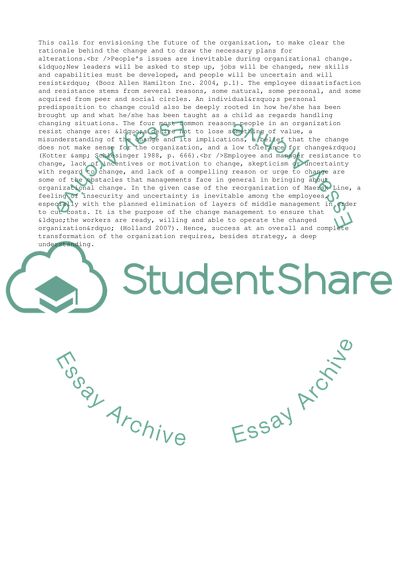Cite this document
(Organizational Change and Human Resource Management Essay, n.d.)
Organizational Change and Human Resource Management Essay. https://studentshare.org/management/1716273-principle-of-management
Organizational Change and Human Resource Management Essay. https://studentshare.org/management/1716273-principle-of-management
(Organizational Change and Human Resource Management Essay)
Organizational Change and Human Resource Management Essay. https://studentshare.org/management/1716273-principle-of-management.
Organizational Change and Human Resource Management Essay. https://studentshare.org/management/1716273-principle-of-management.
“Organizational Change and Human Resource Management Essay”. https://studentshare.org/management/1716273-principle-of-management.


